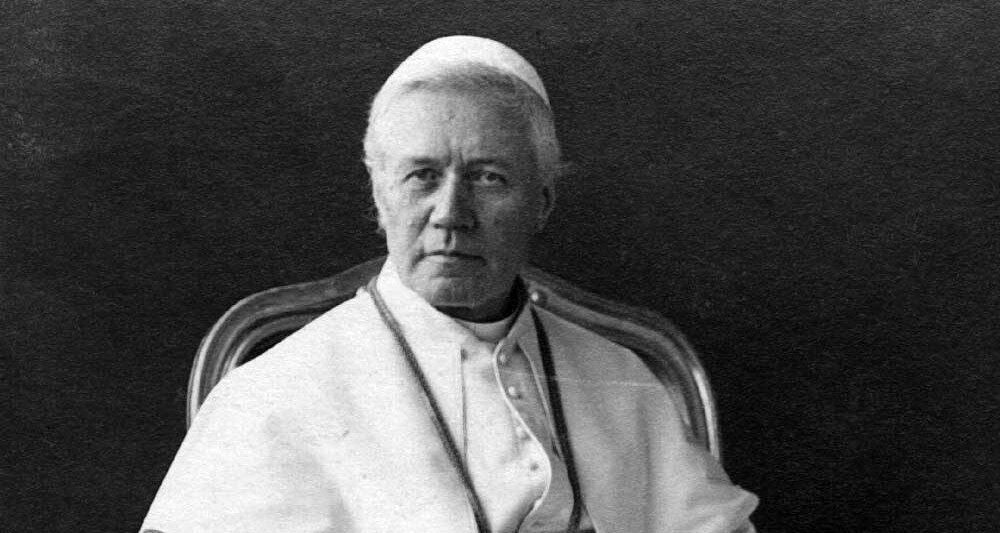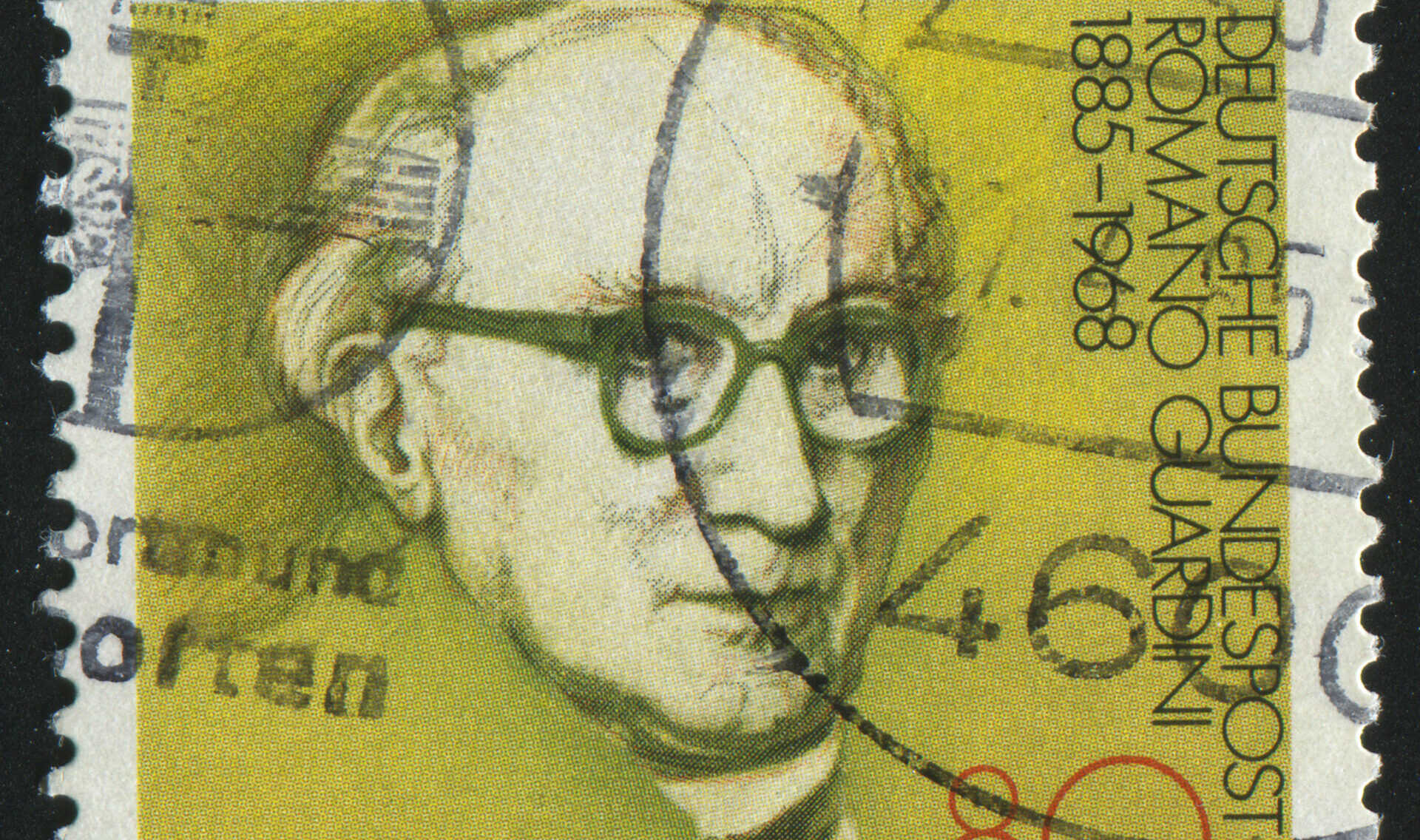The Church teaches, guides, and governs in a variety of ways and through different kinds of documents, such as constitutions, encyclicals, exhortations, declarations, and motu proprios. These latter—motu proprios, letters written on the pope’s own initiative—seem to have significant impact on liturgical matters: Benedict XVI’s Summorum Pontificum and Pope Francis’s Traditionis Custodes are obvious examples. But even more significant than these recent documents is Pope Pius X’s motu proprio Tra le Sollecitudini (TLS).
Promulgated November 22, 1903—120 years ago this month—TLS was the first major document from Pope Pius X, who had been elected to the papacy on August 4, 1903, and it set the tone for much of Pius’s papacy.
Perhaps TLS’s greatest claim to fame is found in the document’s introduction, which uses the term “active participation” for the first time in an ecclesiastical communication: “We deem it necessary to provide before anything else for the sanctity and dignity of the temple, in which the faithful assemble for no other object than that of acquiring this [Christian] spirit from its foremost and indispensable font, which is the active participation in the most holy mysteries and in the public and solemn prayer of the Church.” When the Fathers of the Second Vatican Council approved the schema of Sacrosanctum Concilium on November 22, 1963—exactly 60 years to the day of TLS’s promulgation, and 60 years ago this month—it would name “this full and active participation by all the people…the aim to be considered before all else” (14).
For the past 60 years, consequently, attentive Catholics have heard frequently of the Church’s desire for their active participation. Too often, unfortunately, Pius X’s term—amplified by the Second Vatican Council—was interpreted to mean “something external, entailing a need for general activity, as if as many people as possible, as often as possible, should be visibly engaged in action” (Joseph Ratzinger, The Spirit of the Liturgy (San Francisco: Ignatius Press, 2001), 171). Pius X would no doubt be rolling over in his tomb in St. Peter’s Basilica to find what his beloved “active participation” had become!
Rather than external and superficial busyness, the core of actual, active participation is the joining of one’s entire self to the paschal action of Christ. To be sure, Christ’s saving work manifests itself to us today by means of sensible signs, symbols, words, and actions—thus our bodies are important. But beneath these external signs Christ carries out his priestly work, to which our souls are actively joined and in which our whole being actively participates.
But there’s another concept put forward by Pius X’s TLS—and again by the Second Vatican Council’s Sacrosanctum Concilium—that ought to be recalled at this time, namely, that active participation in the liturgy adds living leaven to our surrounding culture. As Pius X writes in TLS, his motivation for promoting active participation is his “most ardent desire to see the true Christian spirit flourish in every respect and be preserved by all the faithful” (emphasis added). Certainly, our participation in the saving work of Christ is the goal of Christian life, a kind of end in itself. But there are ripple effects arising from our heart’s union with God’s—new life emanates (or can emanate) from a life joined to God in worship.
“Active participation” was therefore an essential ingredient to Pius X’s larger papal plan, reflected in his papal motto: “To restore all things in Christ” (Ephesians 1:10). Pope Pius X lived amid a European culture on the brink of war—and its combatants were believers in Christ. How could this happen? The causes were many, but each was reducible to the death of the Christian spirit among…Christians. His solution was to restore the Christian spirit, principally from the font of the sacred liturgy.
The logic of Pius X’s thinking—(1) actively participate in the liturgy; (2) bring the Christian spirit to life within its participants; (3) restore the world to God—continued to live among the Fathers of the Second Vatican Council. They wrote that active participation in the sacred liturgy “is the primary and indispensable source from which the faithful are to derive the true Christian spirit.” In more general terms, cult—what the ancients defined as man’s relationship with the gods—stands at the heart of our culture. Get our relationship with God correct, and our culture comes to life. Or, to put it another way, actively participate in the life of God, and God becomes the active agent—the yeast—in our culture.
The present issue of Adoremus Bulletin explores the relationship between cult and culture in greater detail. In “Intimations of God: Toward a Catholic Integration of Rite, Culture, and the Contemporary Person,” Andrew Kaethler examines how our contemporary culture’s faults inhibit our liturgical worship. Dom Virgil Michel interprets Pius X’s call to renew the culture from the sacred liturgy in his 1939 essay “Christian Culture.” Father Thomas Kocik looks toward the saints—extraordinarily active participants in Christ’s life who now enjoy the ultimate cultural experience in the heavenly Jerusalem—and their official codification in the Roman Martyrology.
I suspect there are few who would call Western culture vibrant and life giving. If not an outright “culture of death,” as Pope John Paul II spoke of, much of our current culture could use a little—or a lot—of leaven. Such leaven comes from our active and intelligent participation in a liturgy well celebrated. If it seems that Pius X’s 120-year-old prescription for reviving the true Christian spirit hasn’t worked (see World War I, World War II, etc.), the problem may not be the diagnosis and treatment, but a refusal to take one’s medicine. As G.K. Chesterton once remarked, it’s not that the Christian ideal “has been tried and found wanting; it has been found difficult and left untried.” If you are a practicing Catholic—keep practicing! Go back to that font of culture and life, the active participation in the sacred liturgy. Your new life in Christ will rise even to the heavens.
Christopher Carstens is director of the Office for Sacred Worship in the Diocese of La Crosse, Wisconsin; a visiting faculty member at the Liturgical Institute at the University of St. Mary of the Lake in Mundelein, Illinois; editor of the Adoremus Bulletin; and one of the voices on The Liturgy Guys podcast. He is author of A Devotional Journey into the Mass and A Devotional Journey into the Easter Mystery (Sophia), as well as Principles of Sacred Liturgy: Forming a Sacramental Vision (Hillenbrand Books). He lives in Soldiers Grove, Wisconsin, with his wife and children.


